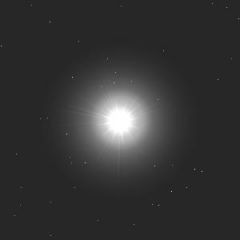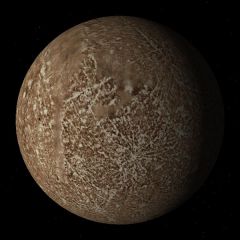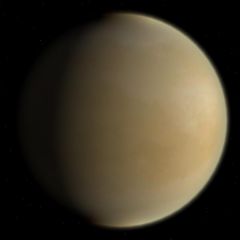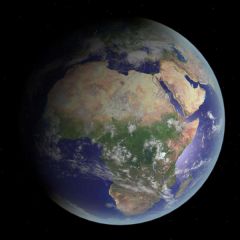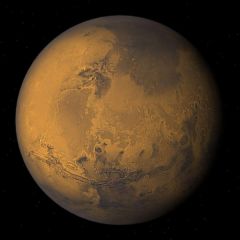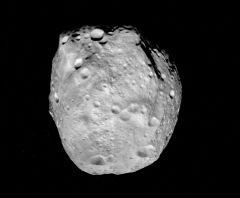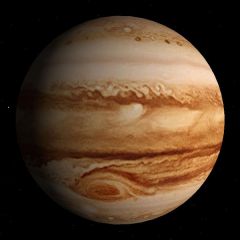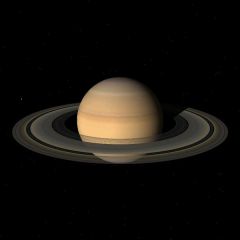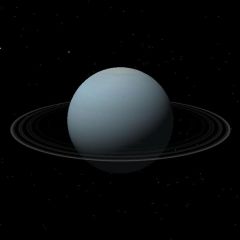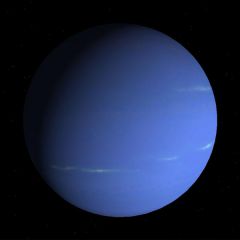List of videos by 20 years: An Orbiter Documentary
Jump to navigation
Jump to search
Template
| Template | |
|---|---|
| [[Image:|240px]] | |
| Template in Orbiter | |
| Designation | |
| Name | Template |
| Reference body | Sun |
| Number of satellites | 0 |
| Orbital Characteristics* | |
| Epoch | J2000 (1 January 2000) |
| Semimajor axis | |
| Apoapsis | |
| Periapsis | |
| Eccentricity | |
| Inclination | |
| Longitude of the ascending node (LAN) | |
| Orbital period | |
| Synodic period | N/A |
| Average orbital speed | |
| Mean anomaly | |
| Mean motion | |
| Time of periapsis | |
| Argument of periapsis | |
| Precession Longitude of ascending node | |
| Precession obliquity | |
| Precession period | |
| Physical Characteristics* | |
| Mean radius | |
| Mass | |
| Mean density | |
| Surface gravity | |
| Escape velocity | |
| Equatorial radius | |
| Polar radius | |
| Flattening | |
| Surface area | |
| Volume | |
| Rotation period | |
| Sidereal rotation period | |
| Equatorial rotation velocity | |
| Axial tilt (obliquity) | |
| Right ascension north pole | |
| Declination north pole | |
| Atmosphere* | |
| Atmosphere model | |
| Surface Pressure | |
| Surface Density | |
| Specific gas constant | |
| Specific heat ratio | |
| Ecliptic position from primary* | |
| Note | *Elements given are from Orbiter 2016 |
Sun
Mercury
Venus
Earth
Moon
Mars
Phobos
Deimos
Vesta
Jupiter
Io
Europa
Ganymede
Callisto
Saturn
Mimas
Enceladus
Tethys
Dione
Rhea
Titan
Hyperion
Iapetus
Uranus
Miranda
Ariel
Umbriel
Titania
Oberon
Neptune
Proteus
Triton
Nereid
Pluto
| Pluto | |
|---|---|
| 240px | |
| Pluto in Orbiter | |
| Designation | |
| Name | Pluto |
| Reference body | Sun |
| Number of known satellites | 5 |
| Orbital Characteristics* | |
| Epoch | J2000 (1 January 2000) |
| Semimajor axis | 39.48168677 AU (5.90637627×1012 km) |
| Eccentricity | 0.24880766 |
| Inclination | 17.14175° (0.299180 radian) |
| Longitude of the ascending node (LAN) | 110.30347° (1.6657551 radian) |
| Longitude of periapsis | 224.06676° (3.383759 radian) |
| Mean longitude | 238.92881° (3.608199 radian) |
| Apoapsis | |
| Periapsis | |
| Sidereal Orbital period | 248.0208 years (7826941198 sec) |
| Synodic period | N/A |
| Average orbital speed | |
| Mean anomaly | |
| Mean motion | |
| Time of periapsis | |
| Precession Longitude of ascending node | |
| Precession obliquity | |
| Precession period | |
| Physical Characteristics* | |
| Mean radius | 1151 km |
| Mass | 1.5×1022 |
| Mean density | 1.1 g/cm3 |
| Surface gravity | 0.669 m/s2 |
| Escape velocity | 1.3 km/s |
| Sidereal rotation period | 153.28 hr (551808 sec) |
| Axial tilt (obliquity) | 68.69° |
| Right ascension north pole | 311.5° |
| Declination north pole | 4.14° |
| Longitude of Sun's transit | 225.19° |
| Equatorial radius | |
| Polar radius | |
| Flattening | |
| Surface area | |
| Volume | |
| Rotation period | |
| Equatorial rotation velocity | |
| Atmosphere* | |
| Atmosphere model | J71G |
| Surface Pressure | 101.3 KPa |
| Surface Density | 1.225 kg/m3 |
| Specific gas constant | 286.91 J/(K kg) |
| Specific heat ratio | 1.40 |
| Ecliptic position from primary* | |
| Note | *Elements given are from Orbiter 2016 |
